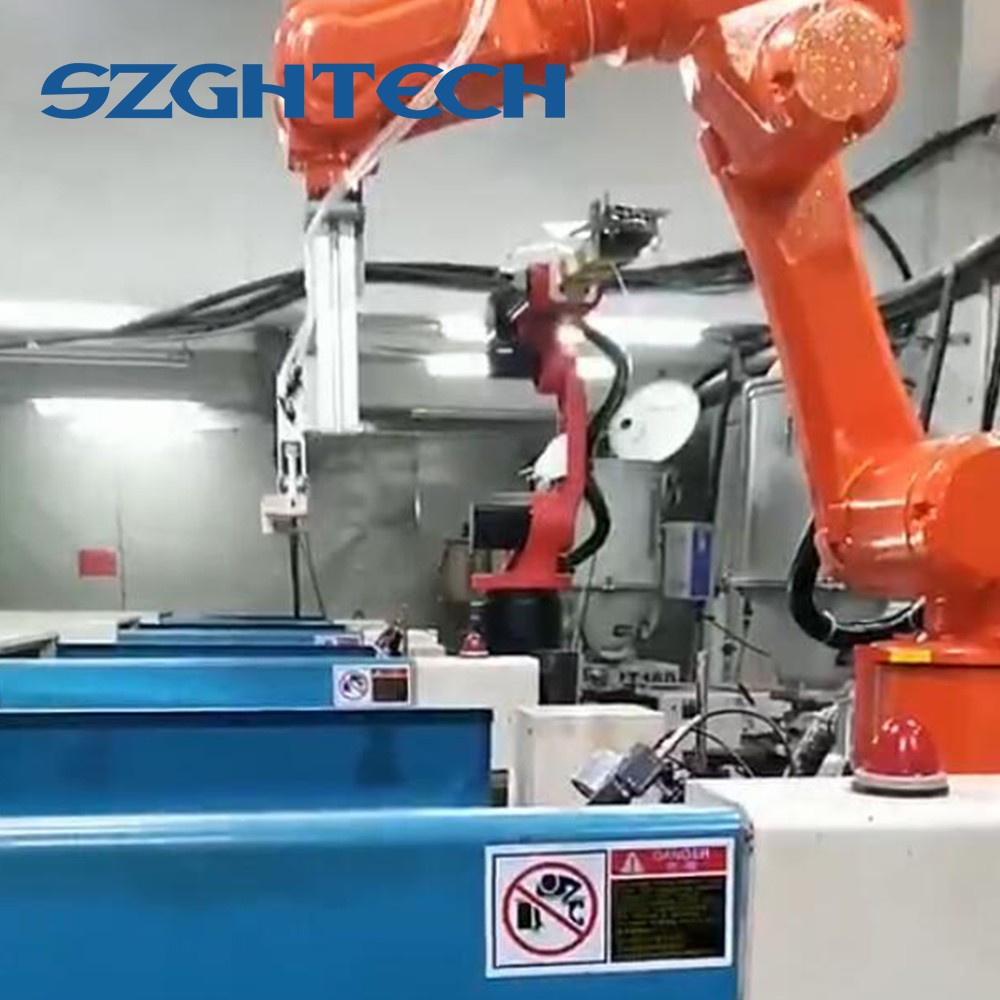There are several new technologies that are being developed and utilized for the intelligent control system of industrial robotic arms. Some of these technologies include:
1) Artificial intelligence (AI) and machine learning: AI and machine learning technologies are being used to enable robotic arms to learn and adapt to different tasks, environments, and situations. This allows robotic arms to operate autonomously, make decisions, and optimize their performance based on real-time data.
2) Vision and sensing technologies: Advanced vision and sensing technologies, such as 3D vision, depth perception, and force/torque sensors, are being integrated into industrial robotic arms to enable them to perceive and interact with their surroundings. These technologies allow robotic arms to accurately detect and locate objects, measure distances, and apply appropriate forces and torques for delicate operations.
3) Collaborative and cooperative robotics: Collaborative and cooperative robotics technologies allow robotic arms to work in close collaboration with human operators or other robots. This includes features such as force and torque sensing, safe human-robot interaction, and shared control. These technologies enable human-robot teams to work together effectively, improving productivity and safety in manufacturing processes.
4) Internet of Things (IoT) and connectivity: IoT technologies are being used to connect robotic arms to other devices, systems, and networks, allowing for seamless data exchange and integration with other manufacturing processes. This enables robotic arms to be part of a larger interconnected ecosystem, where they can receive real-time data, exchange information, and collaborate with other devices and systems.
5) Cloud computing and edge computing: Cloud computing and edge computing technologies are being utilized for intelligent control systems of industrial robotic arms. These technologies enable real-time data processing, analytics, and decision-making, allowing robotic arms to leverage cloud-based or edge-based resources for enhanced performance, connectivity, and flexibility.
6) Adaptive control and optimization: Adaptive control and optimization technologies allow robotic arms to adapt their performance based on changing task requirements, environmental conditions, and system dynamics. These technologies enable robotic arms to continuously optimize their trajectories, speeds, and forces to achieve high-precision and efficient operations.
7) Human-machine interface and user experience: Human-machine interface and user experience technologies are being developed to improve the interaction between human operators and robotic arms. This includes intuitive and user-friendly interfaces, virtual reality (VR) and augmented reality (AR) technologies, and natural language processing (NLP) for seamless communication and control of robotic arms.

These are some of the new technologies that are being utilized for the intelligent control system of industrial robotic arms. These technologies aim to enhance the capabilities, versatility, and intelligence of robotic arms, enabling them to perform complex tasks with high precision, efficiency, and adaptability in various industrial settings.

